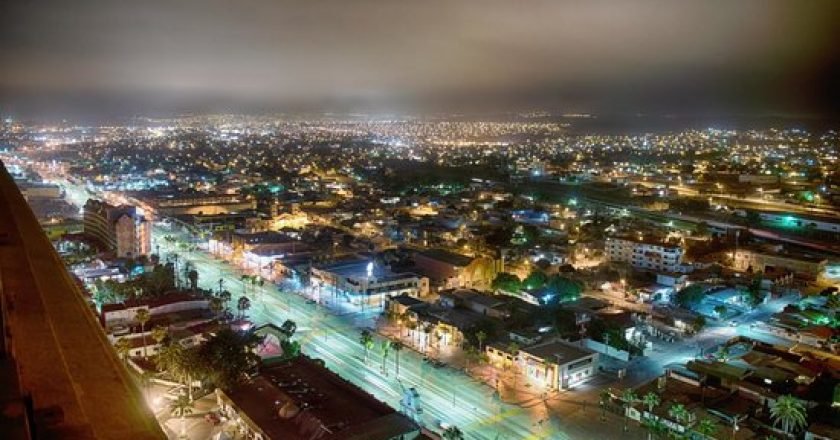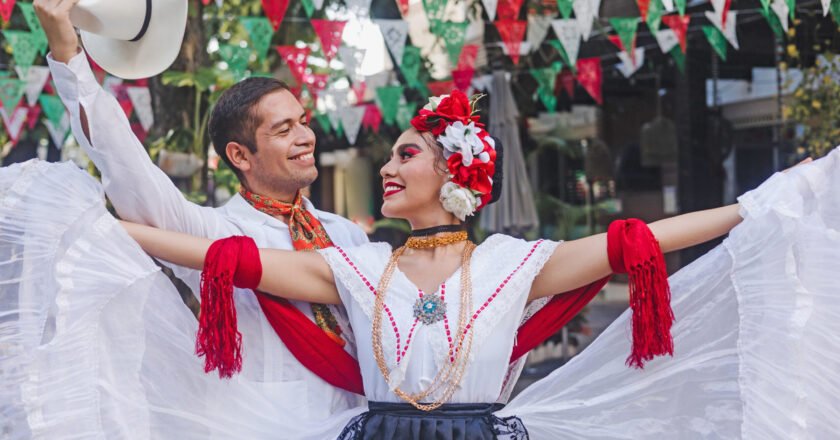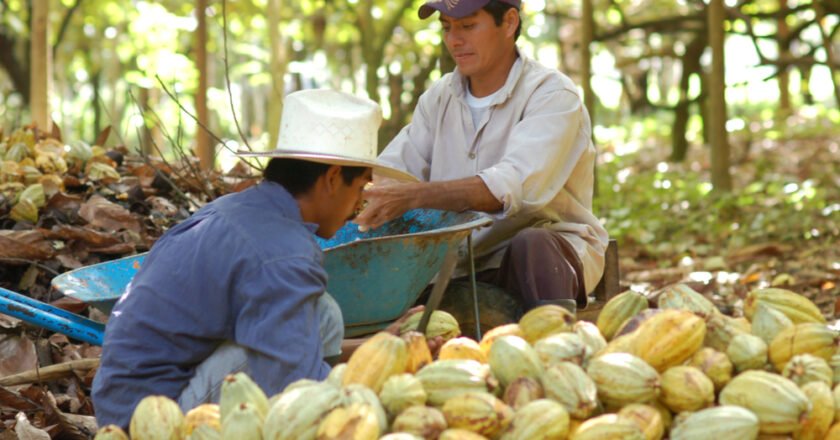Ladies of Baja, it’s time to dust off your best yoga pants and get ready for a day that’s all about you—no kids, no partners, no to-do lists. Just you, a bunch of like-minded women, and an agenda that’s all about recharging those life batteries.
Mark your calendars for Saturday, September 21st, because from 8:30 AM to 4:00 PM, the Second Baja Women’s Conference is taking over CEART in Rosarito. Think of it as a spa day for the soul, but with more chakras, a splash of creativity, and a side of salsa—yes, dancing, not the dip.
This isn’t your average conference where you nod off after too much coffee. No, this is a day designed to make you feel like the rockstar you are. Whether you’re looking to rediscover your creative side, sort out your chakras, or just want to have a comfortable chat about sex (because, why not?), there’s something here for everyone.
Sessions will be offered in English, Spanish, and even a bit of Spanglish because we know you’ve got that bilingual game down. Here’s just a taste of what’s on the menu:
Bilingual Sessions: Start your day with Gloria Snyder’s “Women’s Circle,” where you’ll find and strengthen your voice in life, speech, and even song with Carol Clary’s “Find and Strengthen Your Voice in Life, Speech, and Song.” If you’re in need of some serious zen, don’t miss Rose Lee’s “Chakras, Reiki, Singing Bowls.”
English Sessions: Things get spicy with Sherri Jaye’s “A Comfortable Chat on Sex,” where nothing’s off-limits. On the more holistic side, Winifred Morice will dive into “Nutrition: Wellness is an Inside Job,” while Sue McDevitt explores the “Role of Creativity in Self Care.”
For those of you who’ve been carrying the weight of the world, Alice Vernoux’s “Female Myth of Servitude: Reframing the Caretaker Role” is a must-attend. Heal through art with Shauna Robeson’s “Healing Art Therapy,” and learn how to stock a pantry that would make any nutritionist proud with Karen Schuppert’s “Building a Healthy Pantry.”
If you’ve got some thoughts about your end-of-life plans but haven’t quite put them on paper, Marti and Karri Benjamin will guide you through “Making Your End-of-Life Wishes Known.” Stress got you down? Maria Denzin will help you balance it all out in “Stress and Creating Balance.” Suzanne Mulroy takes a deep dive into what it means to be truly healthy in “Rethinking Dis-ease and What it Means to Be Healthy.” Marti Benjamin returns with “Flourish: The Science of Well-being,” and if you’ve got some old wounds that need tending, Elizabeth Bello’s “Transforming Trauma to Passion” will show you how to turn that pain into power.
And let’s not forget the often-ignored but totally important topic of menopause and andropause—Dr. Gloria Godinez has you covered in “Menopause and Andropause.”
Spanish Sessions: For our Spanish-speaking sisters, Dra. Gloria Godinez will also be discussing “Entendiendo la Menopausia y la Andropausia,” while Dra. Neblina Ninel Vega Salazar will explore “La Otra Cara de la Depresión.” If you’ve been carrying childhood baggage, Lic. Claudia Araujo’s “Sanando a Tu Niña Interior” is where you need to be. Creativity doesn’t just have to be in English—Sue McDevitt’s “El Papel de la Creatividad en el Autocuidado” will be offered en español as well.
Gloria Snyder returns with “El Poder de tu Palabra,” a session that will have you owning your voice in no time. And for those looking to reclaim their power, Dra. Elvia Moreno Berry’s “Mujeres y Empoderamiento” and Nina Raffaele Aponte’s “Empoderamiento de la Nutrición Holística” will be essential stops on your conference journey.
But wait, there’s more! The day wraps up with a salsa dancing lesson from the fabulous Gabriela López Arnaut. So, not only will you leave with a recharged mind and spirit, but you’ll also have some new moves to show off at your next fiesta.
Why Should You Care?
Let’s be real. Life gets hectic. Between work, family, and the occasional meltdown over where to put the avocado toast on the food pyramid, we all need a day to step back and focus on number one: YOU. The Baja Women’s Conference is your golden ticket to do just that. You’ll leave feeling refreshed, motivated, and maybe even a little bit wiser—or at least with a better pantry.
And hey, it’s not just about the sessions. It’s about connecting with other women who get it, who’ve been there, done that, and might even have the T-shirt. This is your tribe, and they’re waiting to meet you.
Tickets are going fast (because who wouldn’t want in on this?), so grab yours online for $65.00. If you’re more of a last-minute planner, they’re $75.00 at the door. Head over to Baja Women’s Conference Website for all the details, session info, and to snag your ticket before they’re gone.
And let’s not forget to give a shoutout to the conference’s advertising sponsor, The Shack Sports Bar and Grill, because nothing says “women’s empowerment” like knowing where to grab a cold one after a day of self-care.
So, whether you’re looking to strengthen your voice, balance your chakras, or just have a good laugh while learning a thing or two, the Second Baja Women’s Conference is where you need to be. This isn’t just an event—it’s an investment in yourself. And let’s face it, you’re worth it.
Don’t miss out on this chance to recharge, refocus, and maybe even learn how to dance like nobody’s watching (but if they are, you’ll be ready). See you there, chicas!












